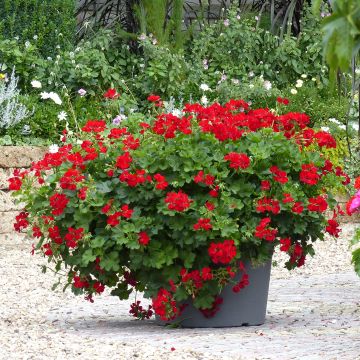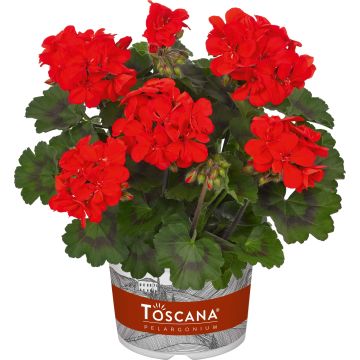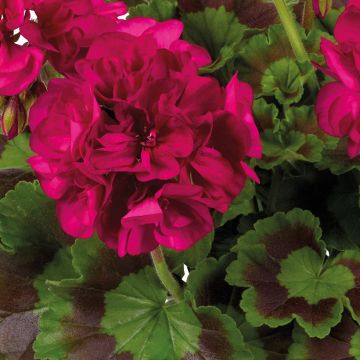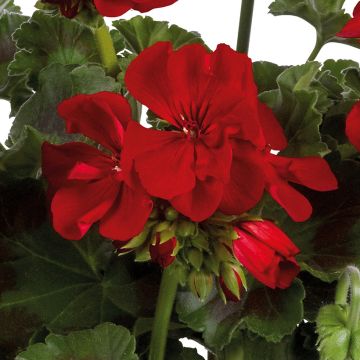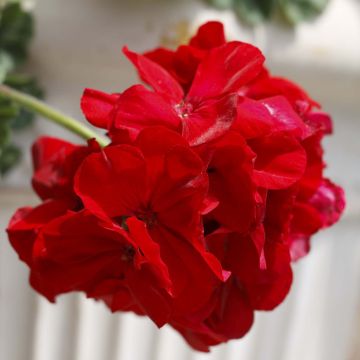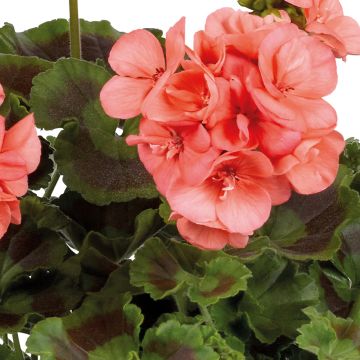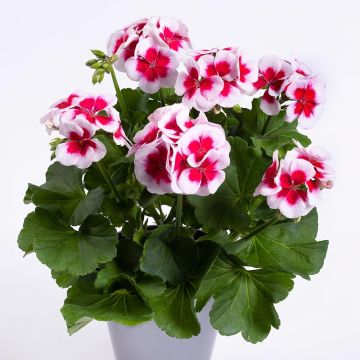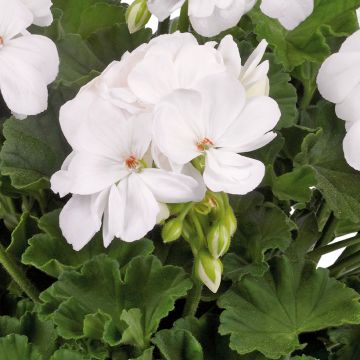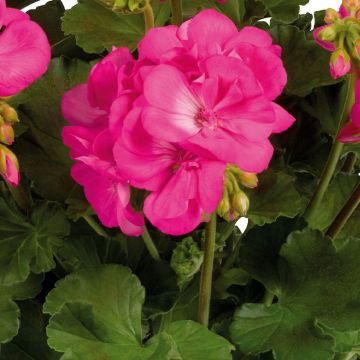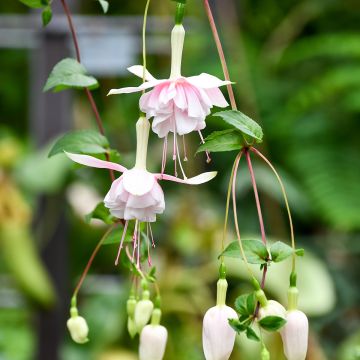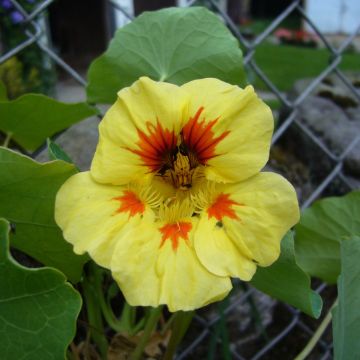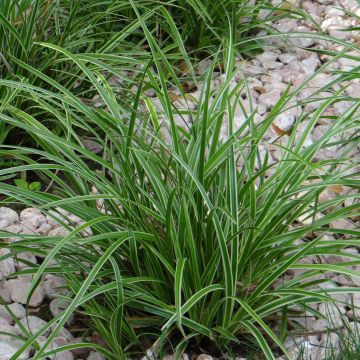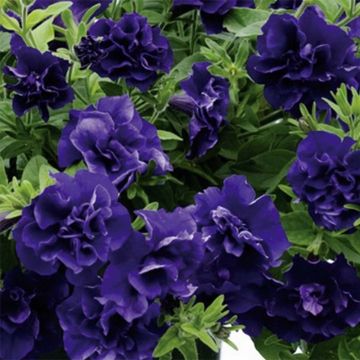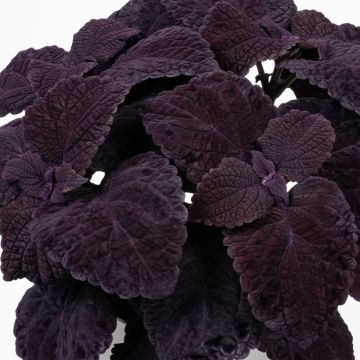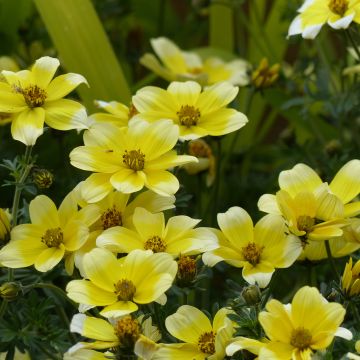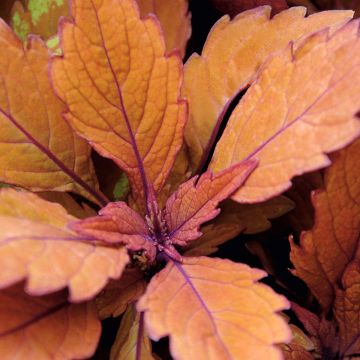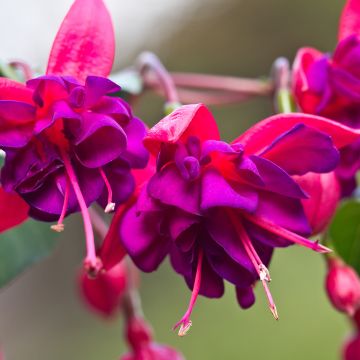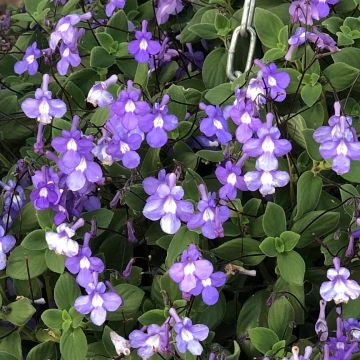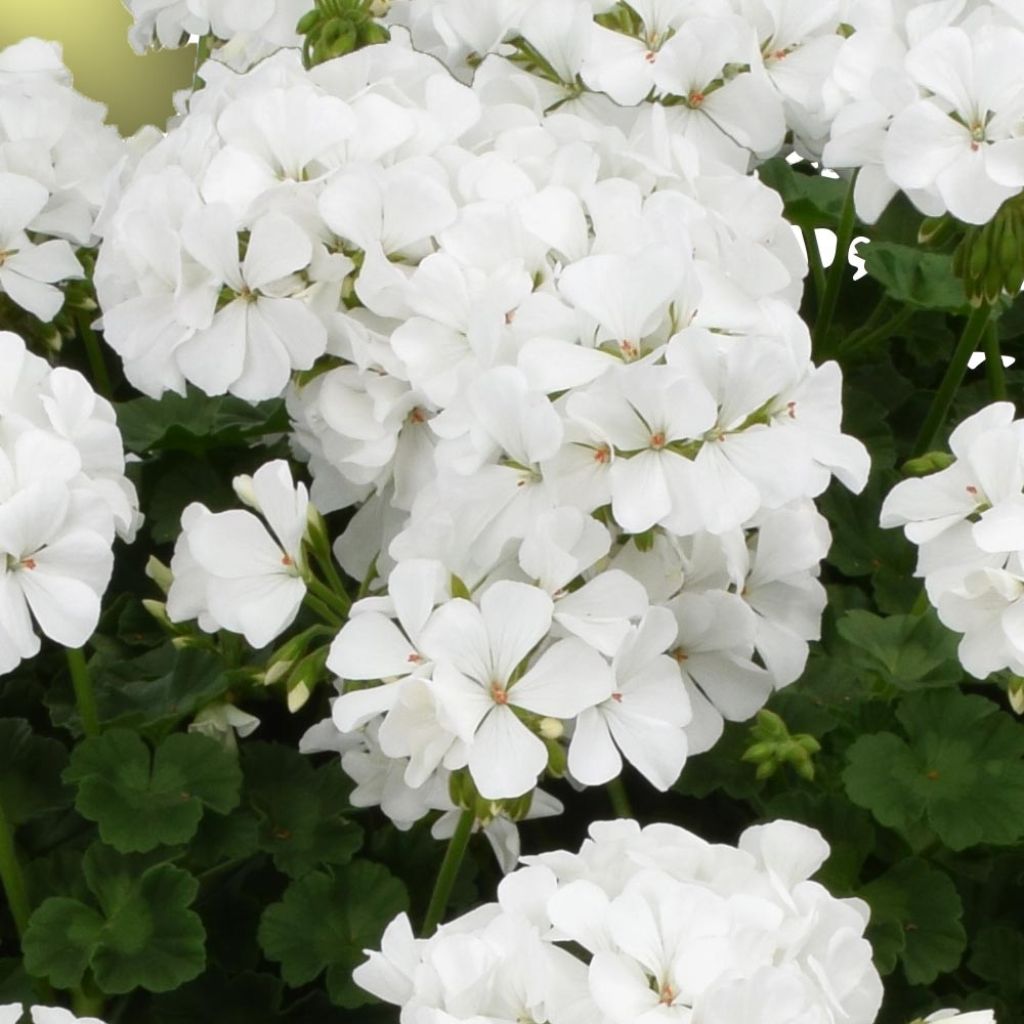

Géranium interspécifique TwoInOne White Mini-mottes
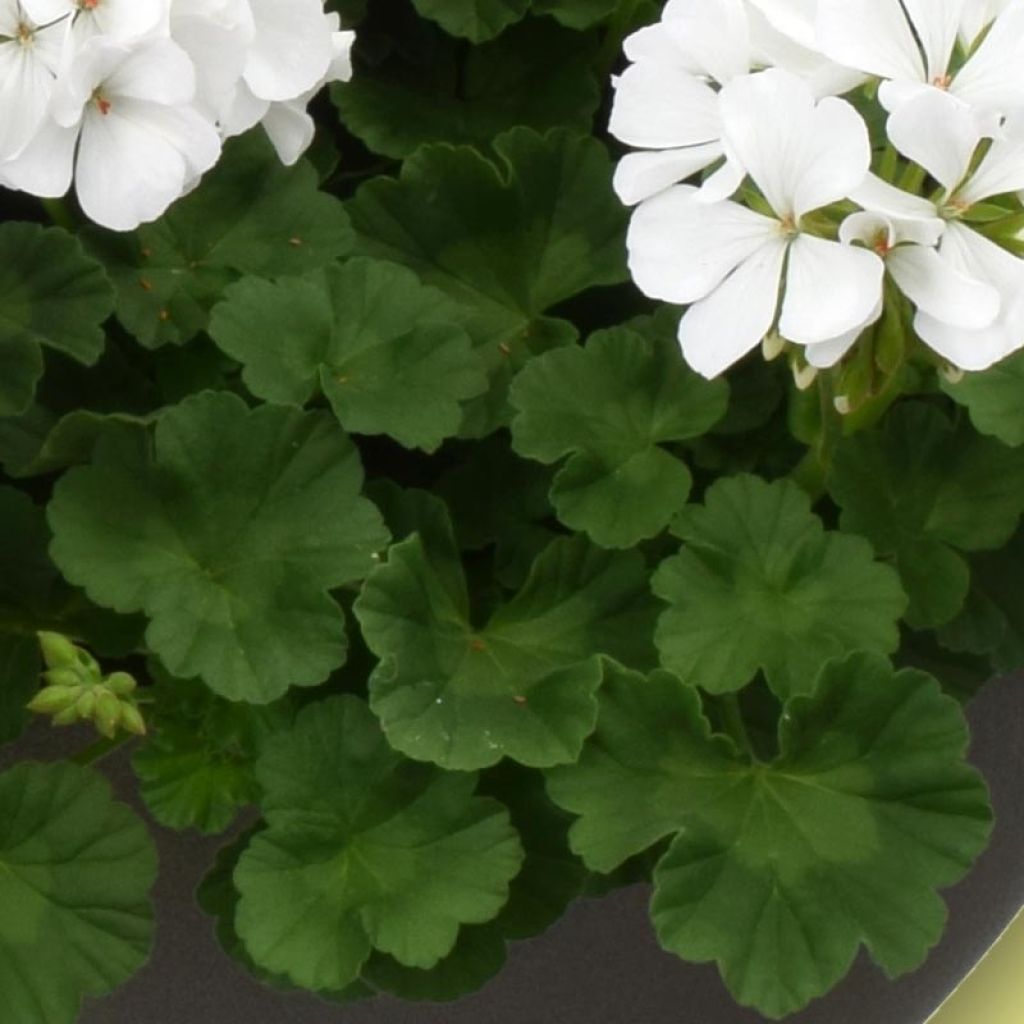

Géranium interspécifique TwoInOne White Mini-mottes
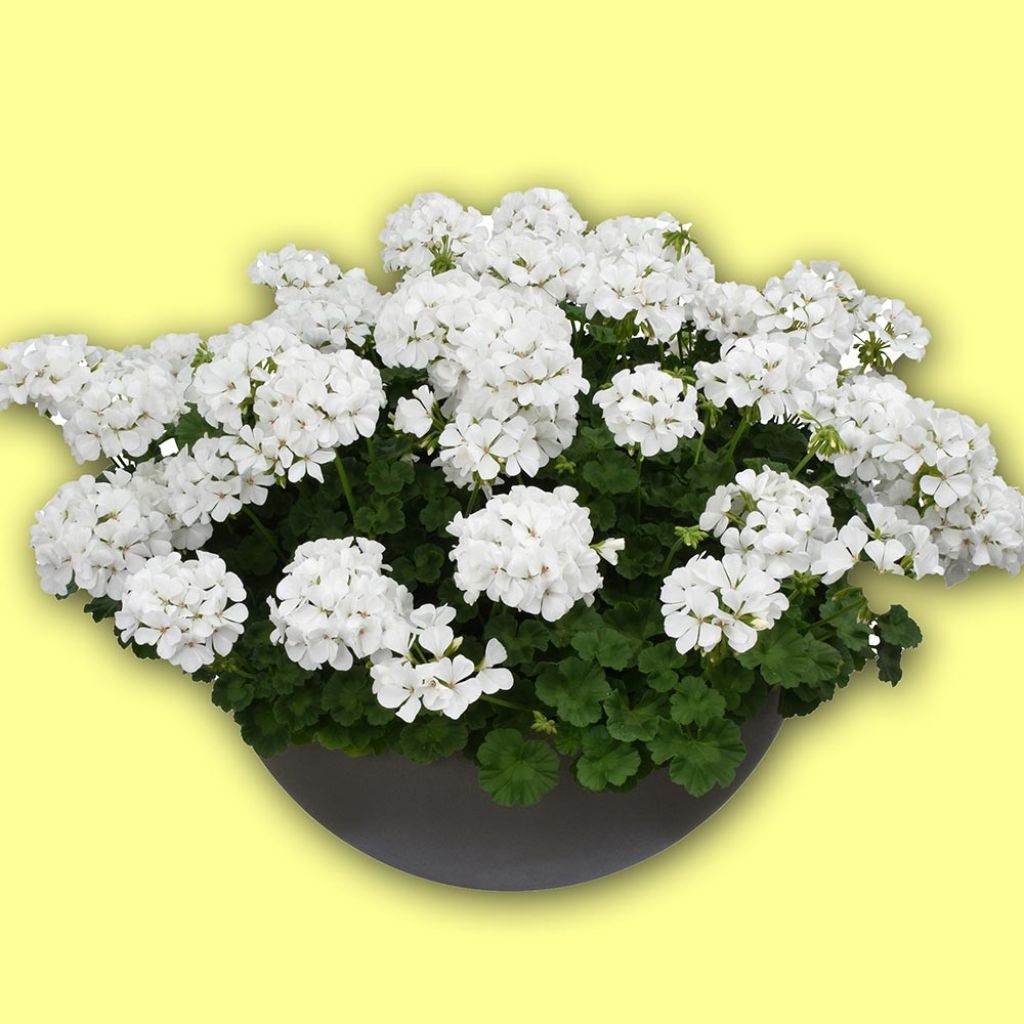

Géranium interspécifique TwoInOne White Mini-mottes
Pelargonium TwoinOne White
Pelargonium peltatum x zonale TwoinOne White
Horseshoe geranium, Zonal pelargonium
The five Minimottes arrived in good condition.
Nathalie, 19/03/2023
This item cannot be shipped to the selected country
Delivery charge from €5.90
Delivery to Corse prohibited
More information
Delivery charge from €5.90
Delivery to Corse prohibited
More information
Schedule delivery date,
and select date in basket
This plant carries a 6 months recovery warranty
More information
We guarantee the quality of our plants for a full growing cycle, and will replace at our expense any plant that fails to recover under normal climatic and planting conditions.
From €5.90 for pickup delivery and €6.90 for home delivery
Express home delivery from €8.90.
Delivery to Corse prohibited: UE law prohibits the import of this plant from mainland France to Corse as part of the fight against Xylella fastidiosa. Please accept our sincere apologies.
More information
Does this plant fit my garden?
Set up your Plantfit profile →
Description
Pelargonium TwoinOne White is a brand-new variety of hybrid pelargonium that combines exceptional floribundity with great robustness. This compact and vigorous plant bears beautiful dark green foliage. From early spring until the first frosts, it produces an abundance of large umbels of white flowers. In addition to its ornamental qualities, this excellent variety is resistant to diseases, inclement weather, and drought. TwoInOne White performs perfectly in the garden, is wonderful in pots, and is stunning in hanging baskets.
This hybrid geranium is a very recent creation, resulting from the cross-breeding between Pelargonium peltatum, the ivy-leaved geranium, and P. zonale, which are both frost-sensitive plants from the geranium family. They are native to South Africa. TwoInOne White boasts the floribundity and the well-branched growth habit of the zonal geranium, but with more flexibility and spread. It is adorned with smaller leaves, somewhat similar to those of its second parent, the ivy-leaved geranium. More floriferous and with rapid growth, it forms a tussock of approximately 40cm (16in) in height and 50cm (20in) in spread in just a few weeks. Its small leaves are peltate, circular, dark green, and somewhat fleshy. The early, prolonged, and remarkably abundant flowering takes place from March-April until the first frost. The large umbels of pure white single flowers are rounded and fully open. Pelargoniums are not very hardy (barely to -4°C (24.8°F)), but can still survive in the ground during winter in milder regions, where they become true bushes and show their full potential. In nature, their ancestors are plants that thrive in difficult soil and climate conditions.
These geraniums are generous and undemanding plants, but this variety surpasses them in vigour and robustness. It is the perfect plant to decorate pots for a large part of the year, without requiring much maintenance. However, it belongs to a new generation of more robust pelargoniums, which also make a remarkable entrance in sunny flower beds and borders. Plant them en masse to create a lasting and cheerful decoration throughout the summer season. They tolerate water shortage quite well, meaning they can be combined with garden verbenas, blue lobelias, and black or purple-leaved ipomeas (Ipomoea Illusion Midnight Lace, Ipomoea Sweet Heart 'Purple'). Create beautiful pots and hanging baskets by combining them with white or red varieties, Million Bells, variegated periwinkles, Dichondra 'Silver Falls', violets, and calibrachoas.
Please be aware that our young plug plants are professional products intended for experienced gardeners. Upon receipt, repot and store them under cover (veranda, greenhouse, cold frame) at a temperature above 14°C (57.2°F) for a few weeks before planting them outdoors, once the risk of frost has definitely passed.
Pelargonium TwoinOne White in pictures
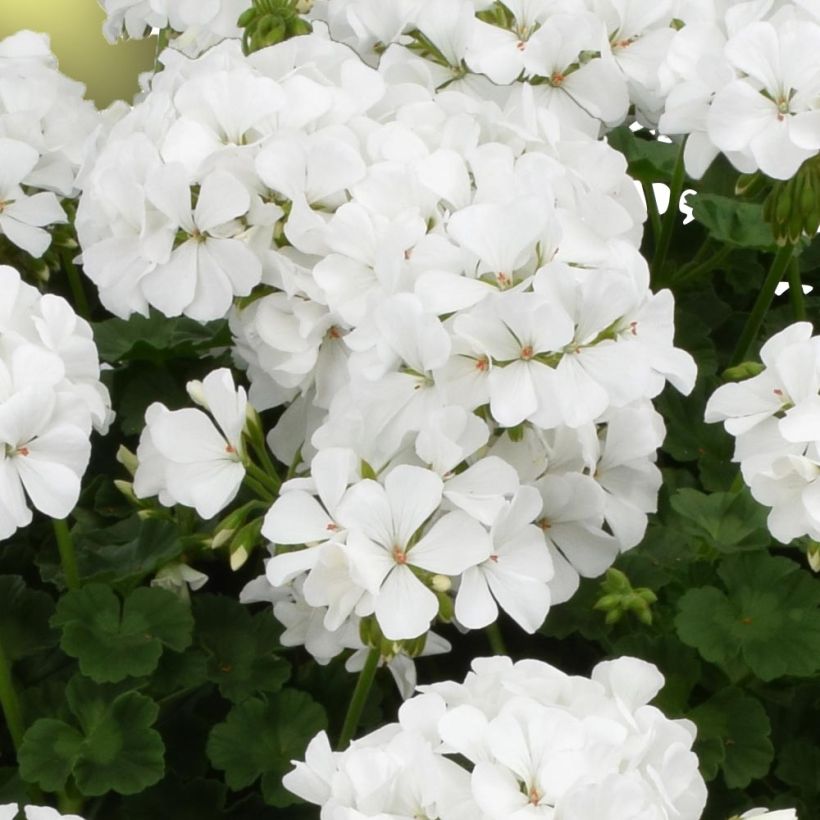

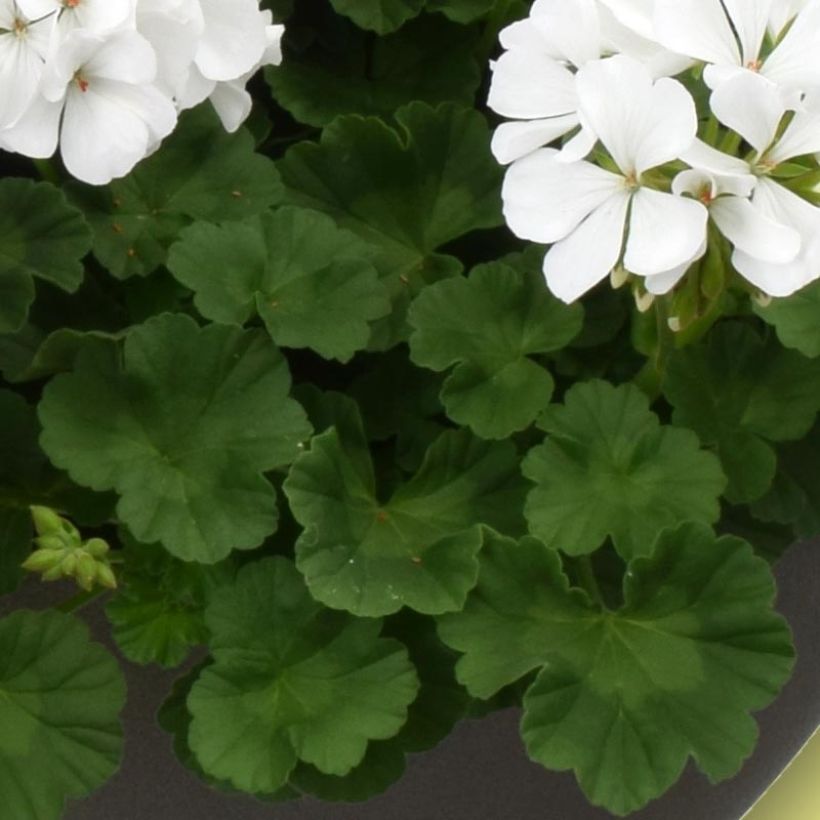

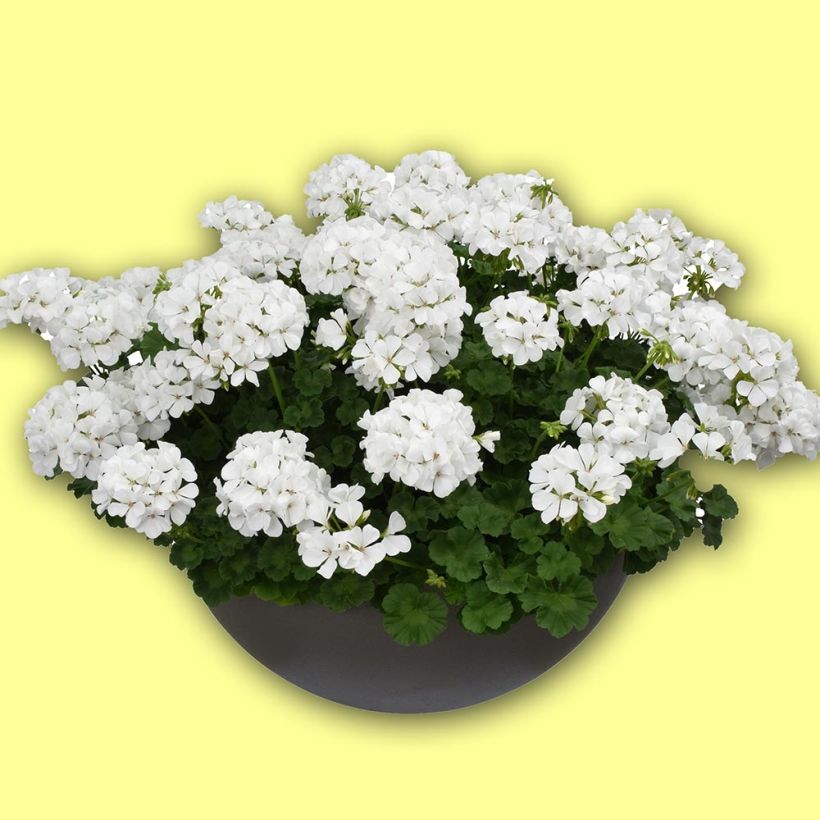

Flowering
Foliage
Plant habit
Botanical data
Pelargonium
peltatum x zonale
TwoinOne White
Geraniaceae
Horseshoe geranium, Zonal pelargonium
Cultivar or hybrid
Other Interspecific Geraniums
Planting and care
You can plant your geraniums in the ground or in a pot. If you want to plant them in the ground, wait until the last heavy frosts have passed. In the meantime, you can pre-cultivate them in a pot in a warm and bright place to accelerate their growth.
Geraniums will bloom for a long period of time. Plant them in a sunny or partially shaded location, sheltered from strong winds. They need light, humus-rich, well-drained soil. They do not like stagnant humidity. Do not water them too much at the beginning of the growing season as they are sensitive to excess moisture. They tolerate drought well, but will need regular watering during hot summer temperatures, especially when grown in pots. Geraniums are susceptible to frost (minimum -2°C (28.4°F)).
These floriferous and fast-growing plants are hungry. We recommend feeding them with a liquid geranium fertiliser once or twice a week during the growing season.
Remove faded flowers and dry leaves as they appear to keep the plants looking beautiful and extend the flowering period.
As geraniums are frost-sensitive, they need to be stored indoors during winter. In spring, repot them before taking them back outside.
Pelargoniums can remain in the ground all year round when planted in the mildest climates. They then become true bushes that reach their full potential. Their ancestors are native to regions in South Africa that experience very sunny and very dry summers and mild winters.
Planting period
Intended location
Care
Plug plants - Annuals
Haven't found what you were looking for?
Hardiness is the lowest winter temperature a plant can endure without suffering serious damage or even dying. However, hardiness is affected by location (a sheltered area, such as a patio), protection (winter cover) and soil type (hardiness is improved by well-drained soil).

Photo Sharing Terms & Conditions
In order to encourage gardeners to interact and share their experiences, Promesse de fleurs offers various media enabling content to be uploaded onto its Site - in particular via the ‘Photo sharing’ module.
The User agrees to refrain from:
- Posting any content that is illegal, prejudicial, insulting, racist, inciteful to hatred, revisionist, contrary to public decency, that infringes on privacy or on the privacy rights of third parties, in particular the publicity rights of persons and goods, intellectual property rights, or the right to privacy.
- Submitting content on behalf of a third party;
- Impersonate the identity of a third party and/or publish any personal information about a third party;
In general, the User undertakes to refrain from any unethical behaviour.
All Content (in particular text, comments, files, images, photos, videos, creative works, etc.), which may be subject to property or intellectual property rights, image or other private rights, shall remain the property of the User, subject to the limited rights granted by the terms of the licence granted by Promesse de fleurs as stated below. Users are at liberty to publish or not to publish such Content on the Site, notably via the ‘Photo Sharing’ facility, and accept that this Content shall be made public and freely accessible, notably on the Internet.
Users further acknowledge, undertake to have ,and guarantee that they hold all necessary rights and permissions to publish such material on the Site, in particular with regard to the legislation in force pertaining to any privacy, property, intellectual property, image, or contractual rights, or rights of any other nature. By publishing such Content on the Site, Users acknowledge accepting full liability as publishers of the Content within the meaning of the law, and grant Promesse de fleurs, free of charge, an inclusive, worldwide licence for the said Content for the entire duration of its publication, including all reproduction, representation, up/downloading, displaying, performing, transmission, and storage rights.
Users also grant permission for their name to be linked to the Content and accept that this link may not always be made available.
By engaging in posting material, Users consent to their Content becoming automatically accessible on the Internet, in particular on other sites and/or blogs and/or web pages of the Promesse de fleurs site, including in particular social pages and the Promesse de fleurs catalogue.
Users may secure the removal of entrusted content free of charge by issuing a simple request via our contact form.

































